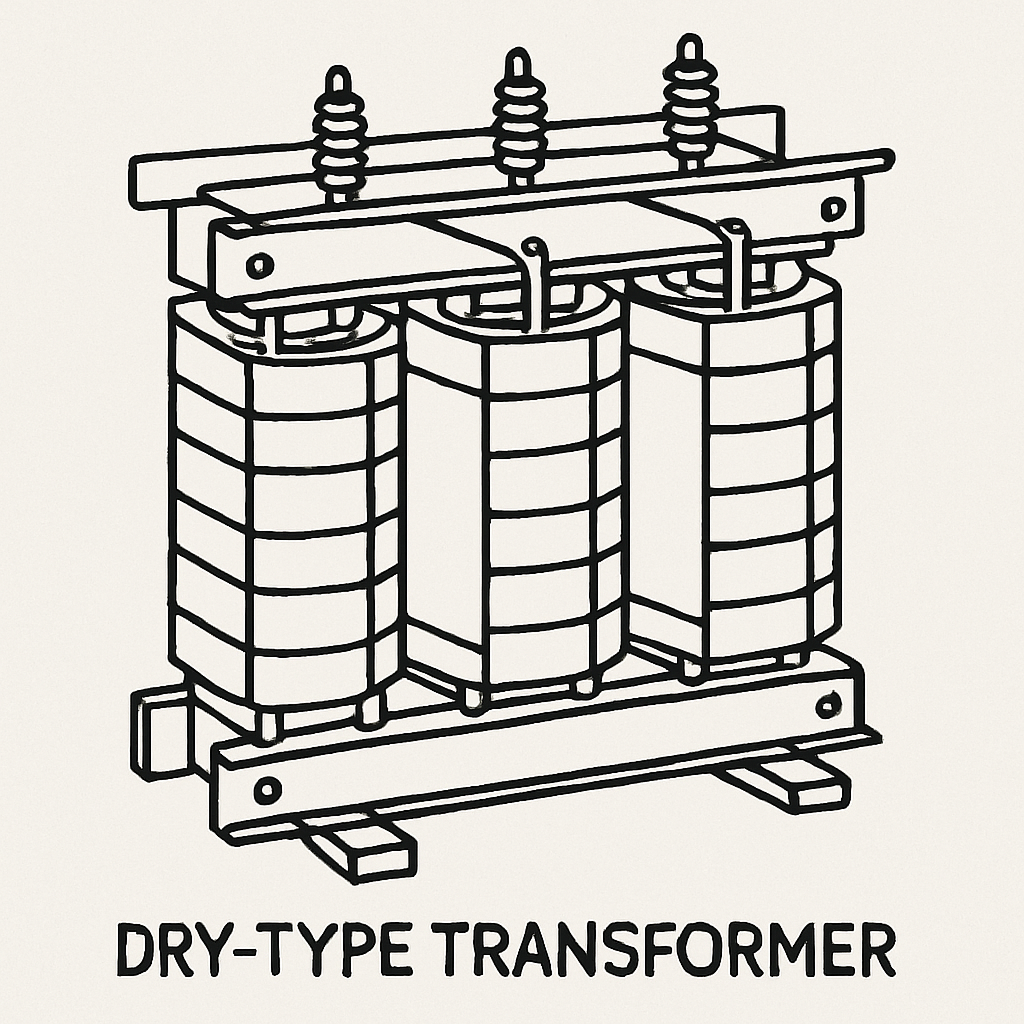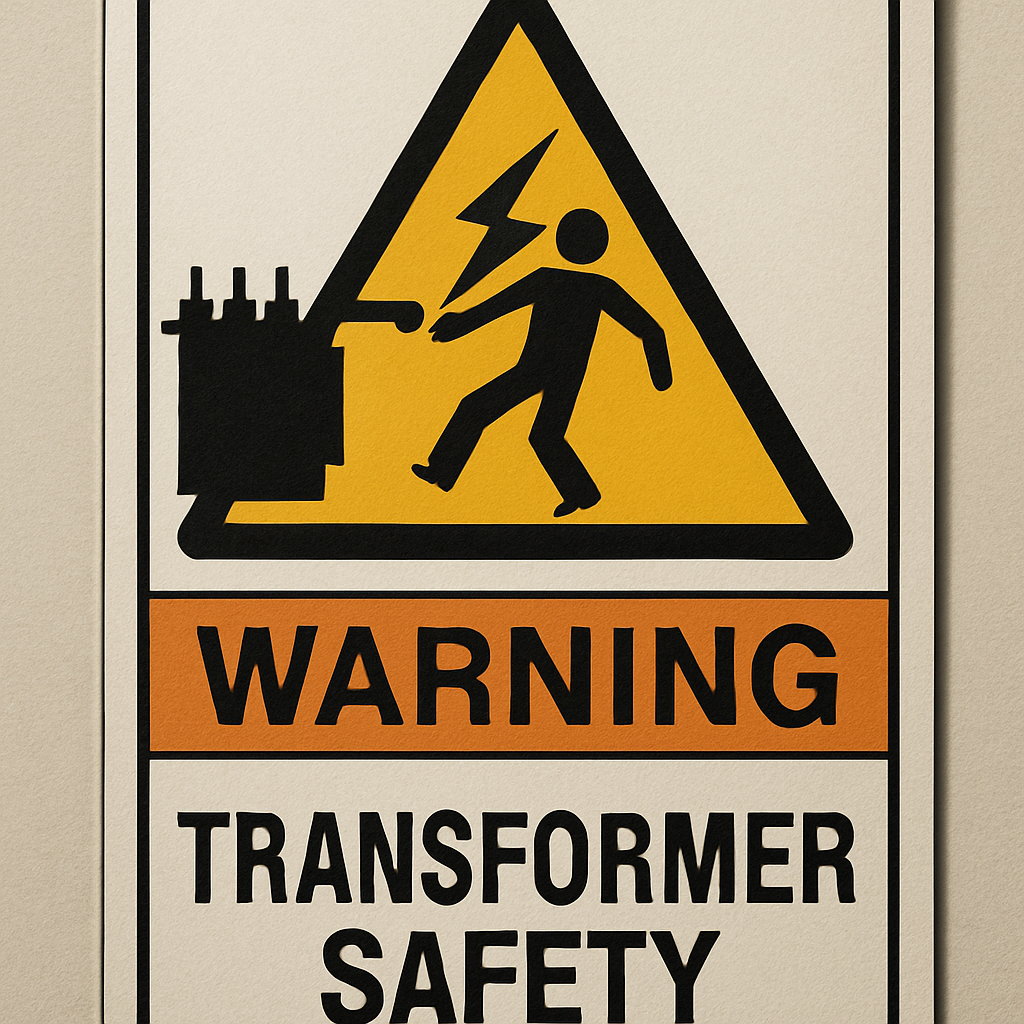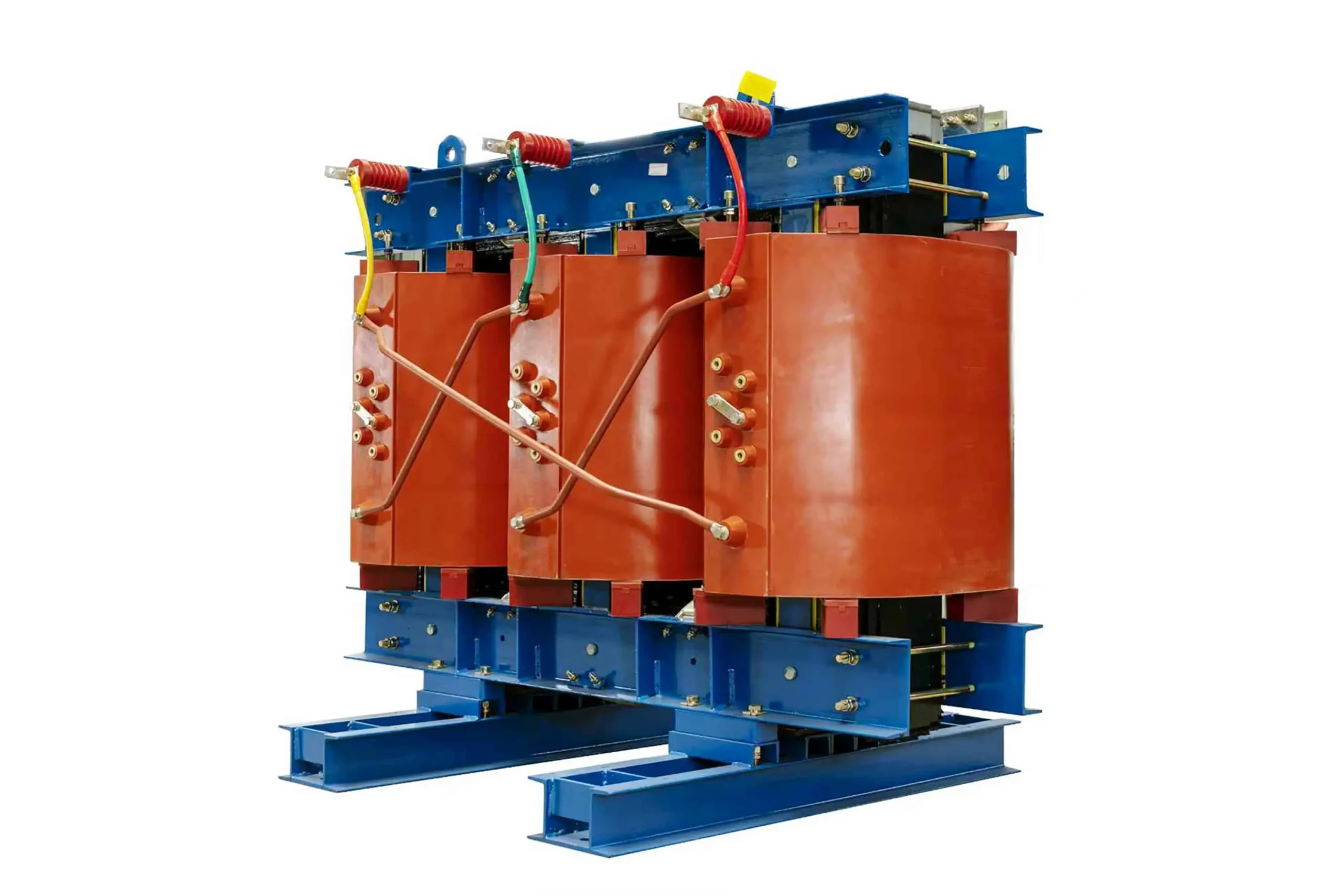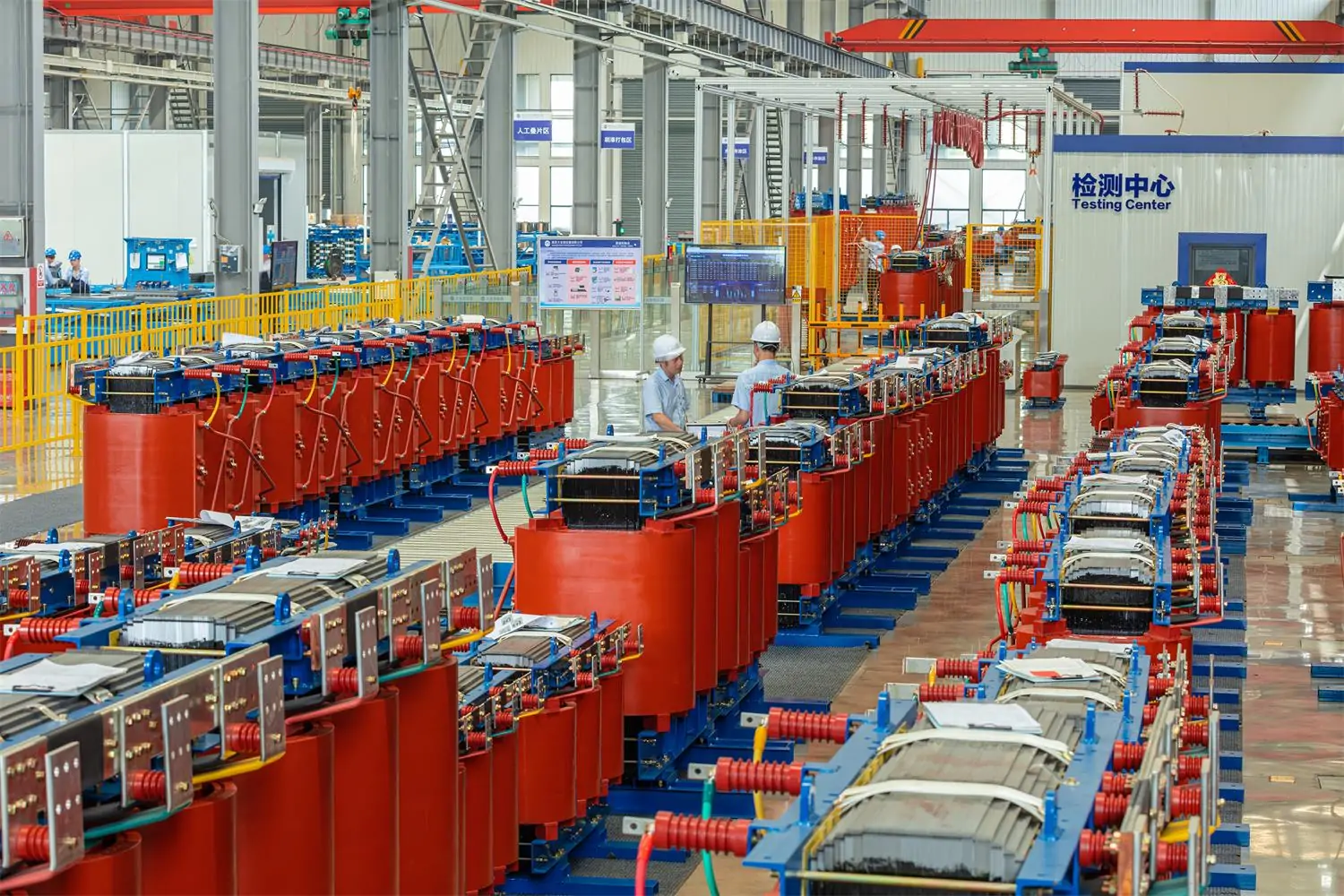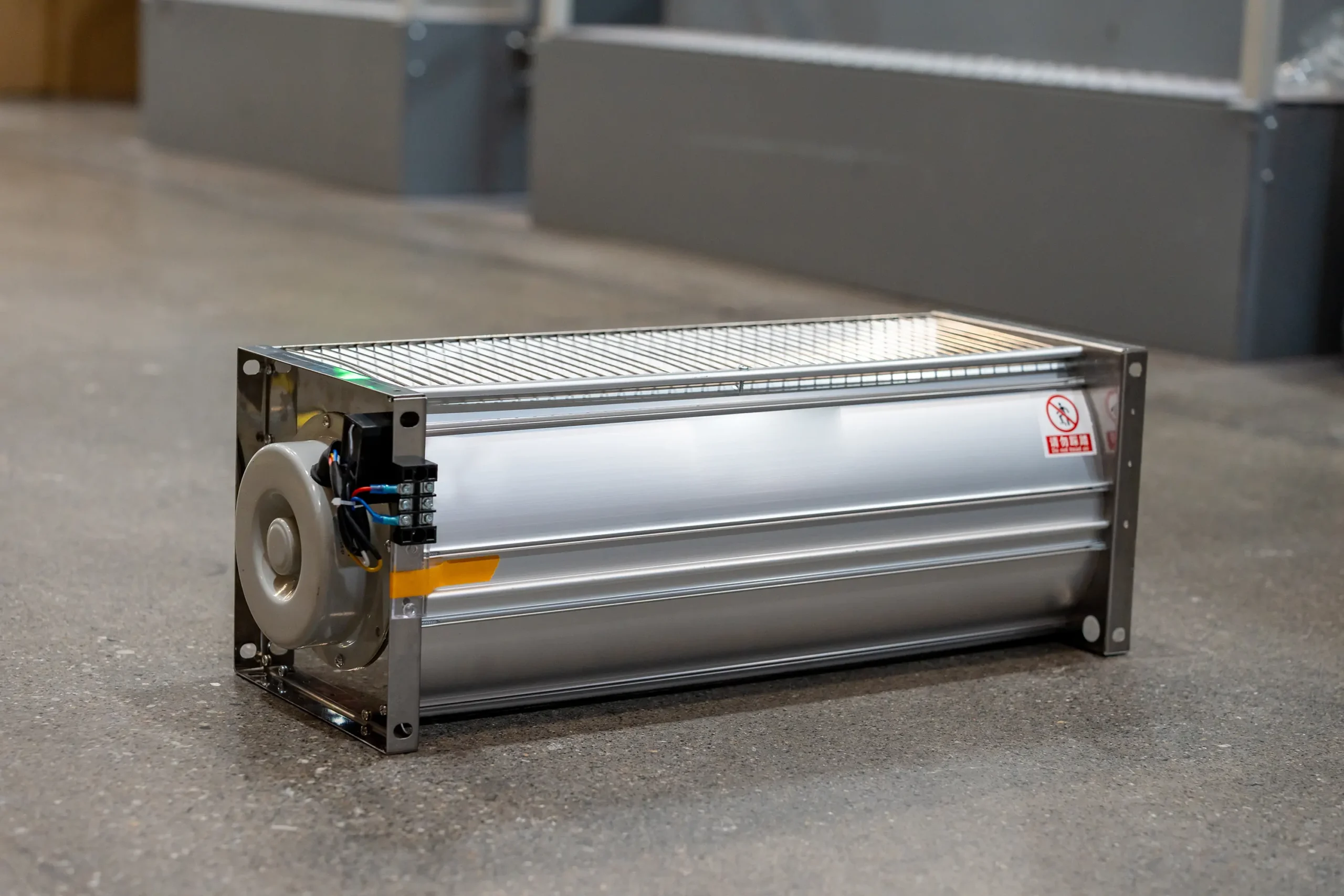When it comes to electrical systems, transformers play a crucial role in distributing power safely and efficiently. Among the various types of transformers, dry-type transformers are preferred for their safety and reliability in certain environments. One critical aspect that contributes to their effectiveness is their insulation system. In this article, we will explore the benefits of insulating dry-type transformers and why choosing the right insulation materials is essential.
Dry-type transformers, unlike their oil-filled counterparts, use air as a cooling medium. This difference means that their insulation system must be robust enough to withstand various environmental conditions and electrical stresses without the aid of liquid insulation. The insulation is responsible for maintaining the dielectric strength and overall performance of the transformer.
Types of Insulation for Dry-Type Transformers
- Class F Insulation: This type of insulation is designed to withstand temperatures up to 155°C. It is commonly used in many dry-type transformers due to its balance of performance and cost-effectiveness.
- Class H Insulation: Offering a higher temperature tolerance of up to 180°C, class H insulation is suitable for environments where the transformer may be exposed to higher thermal stresses.
- Cast Resin Insulation: Made from epoxy resin, this insulation type provides excellent mechanical strength and moisture resistance, making it ideal for harsh and humid environments.
- Epoxy Resin Transformers: These transformers use epoxy resin for insulation, offering superior dielectric strength and resistance to environmental contaminants.
Importance of Insulation Materials
The choice of insulation material affects the transformer’s efficiency, lifespan, and safety. Quality materials provide reliable protection against electrical and thermal stresses, ensuring the transformer operates effectively under varying conditions.
Benefits of Insulating Dry-Type Transformers
Enhanced Safety
One of the primary benefits of insulating dry-type transformers is enhanced safety. The absence of flammable oil and the robust insulation system reduces the risk of fire hazards. This makes them suitable for indoor installations, including hospitals, schools, and commercial buildings, where safety is a top priority.
Improved Dielectric Strength
The dielectric strength of a transformer is its ability to withstand electrical stress without failing. Dry-type transformer insulation systems, such as those using epoxy resin, are designed to provide high dielectric strength. This ensures that the transformer can handle voltage fluctuations and surges without compromising performance.
Reduced Maintenance Requirements
Dry-type transformers are known for their low maintenance needs compared to oil-filled transformers. The insulation system plays a significant role in this aspect. High-quality insulation materials are less prone to aging and deterioration, resulting in fewer maintenance checks and longer service intervals.
Environmental Friendliness
Since dry-type transformers do not use oil as a cooling medium, they pose no risk of oil leaks or spills, which can be harmful to the environment. The insulation materials used, such as epoxy resin, are non-toxic and environmentally friendly, aligning with green building practices.
Longevity and Reliability
The longevity of a transformer is largely dependent on its insulation system. By using high-grade insulation materials like class F and class H insulation, dry-type transformers can achieve a longer operational life. This translates to fewer replacements and lower lifecycle costs.
Versatility and Application
Dry-type transformers with robust insulation can be used in a wide range of applications, from industrial facilities to commercial and residential buildings. The choice of insulation material allows them to be tailored to specific environmental conditions, ensuring optimal performance regardless of the setting.
Choosing the Right Insulation System
When selecting a dry-type transformer, it’s crucial to consider the insulation system based on the specific requirements of your application. Factors to consider include temperature tolerance, environmental conditions, and electrical stress levels.
Class F vs. Class H Insulation
- Class F Insulation: Suitable for most general applications where moderate temperatures are expected. It offers a good balance between performance and cost.
- Class H Insulation: Ideal for high-temperature environments or where additional thermal protection is needed. It provides a higher safety margin for thermal stresses.
Cast Resin vs. Epoxy Resin Insulation
- Cast Resin Insulation: Best for environments with high moisture or where mechanical strength is a priority. Its robust nature makes it ideal for industrial settings.
- Epoxy Resin Insulation: Offers excellent dielectric properties and is suitable for applications requiring high electrical performance and environmental resistance.
Conclusion
Insulating dry-type transformers is a crucial aspect of ensuring their efficiency, safety, and longevity. By choosing the right insulation materials, such as class F, class H, or epoxy resin, you can enhance the performance of your transformer and extend its lifespan. Whether you’re installing transformers in a commercial building, industrial facility, or any other environment, the right insulation system will provide reliable operation and peace of mind.
By understanding the benefits and options available, you can make informed decisions that align with your specific needs and environmental considerations. As technology advances, the development of new and improved insulation materials will continue to support the evolving demands of modern electrical systems.
